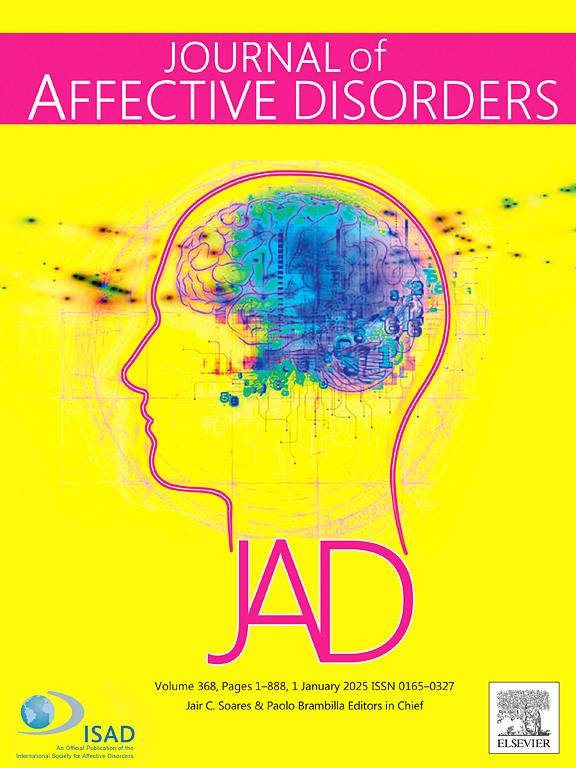rs-fMRI中白质的多重分形动态可靠性及其与灰质的关系。
IF 4.9
2区 医学
Q1 CLINICAL NEUROLOGY
引用次数: 0
摘要
近年来的研究表明,静息状态功能磁共振成像(rs-fMRI)信号可以可靠地检测和分析白质(WM)。本文基于HCP重测数据集研究了WM中的多重分形自发性。精确地说:(1)WM中的多重分形;(2)多重分形的来源;(3) WM与灰质(GM)多重分形的异同。结果表明,WM与GM具有多重分形特征,但其脑区变异性小于GM,如“穹窿区”、“小脑下小脑蒂L区”、“小脑上小脑蒂R区”、“后辐射冠区R区”和“钩状束区L区”的多重分形评分高于其他脑区;但在GM中,顶叶、枕叶和顶叶的多重分形程度高于其他区域。多重分形的来源主要是重尾概率分布和远程依赖关系,特别是重尾概率分布。此外,GM和WM的多重分形ICC随样本点的增加而增加,但增长趋势减小。GM和WM多重分形的ICC随受试者数量的增加而降低,但当受试者数量为bbb36时,ICC变化不显著。此外,在4 mm、6 mm和8 mm全宽半最大值范围内,GM和WM的多重分形ICC值随光滑尺寸的变化没有显著变化。研究结果为理解WM中神经元的自发波动提供了参考。本文章由计算机程序翻译,如有差异,请以英文原文为准。
Multifractal-dynamic reliability of white matter in rs-fMRI and relationships to gray matter
Recent studies have demonstrated the reliable detection and analysis of white matter (WM) using the resting-state functional magnetic resonance imaging (rs-fMRI) signal. This paper studies the multifractal spontaneous in WM based on the HCP test-retest datasets. Precisely: (1) multifractal in the WM; (2) the source of multifractal; (3) difference and similarity between the multifractal of WM and gray matter (GM). Results showed that WM appears to be multifractal and significantly different from GM, but the variability of brain regions in WM was smaller than that in GM. For example, in WM, (‘Fornix’, ‘Inferior cerebellar peduncle L’, ‘Superior cerebellar peduncle R’, ‘Posterior corona radiata R’, and ‘Uncinate fasciculus L’) had higher multifractal scores than other regions; but in GM, the degree of multifractal in the parietal lobe, occipital lobe, and parietal lobe was higher than that of different regions. Besides, the source of multifractality is primarily composed of heavy-tailed probability distributions and long-range dependence, particularly heavy-tailed probability distributions. In addition, the ICC of multifractal in GM or WM increases with the increase of sample points, but the growth trend decreases. The ICC of multifractal in GM or WM decreased with the rise of the subject numbers, but when this number was >36, the ICC did not significantly change. Besides, the ICC value of multifractal in GM and WM did not change significantly with the change of smooth size between 4 mm, 6 mm, and 8 mm full-width half-maximum. The results provide a reference for understanding the spontaneous neuronal fluctuations in WM.
求助全文
通过发布文献求助,成功后即可免费获取论文全文。
去求助
来源期刊

Journal of affective disorders
医学-精神病学
CiteScore
10.90
自引率
6.10%
发文量
1319
审稿时长
9.3 weeks
期刊介绍:
The Journal of Affective Disorders publishes papers concerned with affective disorders in the widest sense: depression, mania, mood spectrum, emotions and personality, anxiety and stress. It is interdisciplinary and aims to bring together different approaches for a diverse readership. Top quality papers will be accepted dealing with any aspect of affective disorders, including neuroimaging, cognitive neurosciences, genetics, molecular biology, experimental and clinical neurosciences, pharmacology, neuroimmunoendocrinology, intervention and treatment trials.
 求助内容:
求助内容: 应助结果提醒方式:
应助结果提醒方式:


